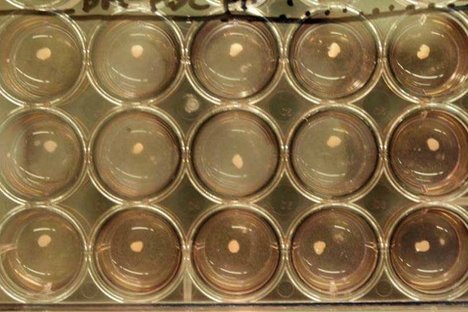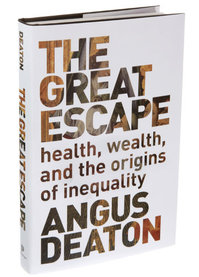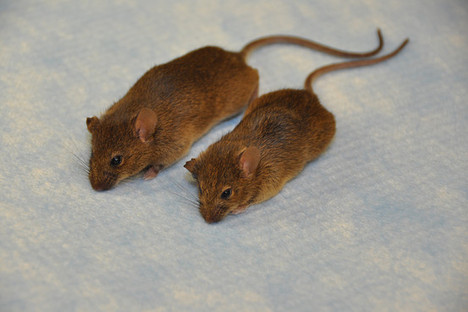(p. A13) Unsurprisingly, one response to the retirement challenge is: Don’t do it. Not, at least, until you really must. As Mr. Farrell argues (with plenty of supporting evidence), there is no magic element of personal doom attached to one’s 65th birthday or whatever age is believed to separate honest labor from a twilight of idleness. If you like what you do well enough, can perform your tasks competently and could use the income, why not keep working? The satisfactions of work are too often unrecognized in the popular imagination. Without it, a lot people wouldn’t know what to do.
And the longer you work, of course, the more money you will have when you eventually do retire, a strategy that works to the good of society too, since your paychecks will be contributing to FICA and will help keep the system running.
For the full review, see:
GEOFFREY NORMAN. “BOOKSHELF; Second Acts After 65; People who could be playing golf and doting on their grandchildren are starting businesses. One senior launched a coffee house in Detroit.” The Wall Street Journal (Weds., Sept. 24, 2014): A13.
(Note: the online version of the review has the date Sept. 23, 2014, and has the title “BOOKSHELF; Book Review: ‘Unretirement’ by Chris Farrell; People who could be playing golf and doting on their grandchildren are starting businesses. One senior launched a coffee house in Detroit.”)
The book under review is:
Farrell, Chris. Unretirement: How Baby Boomers Are Changing the Way We Think About Work, Community, and the Good Life. New York: Bloomsbury Press, 2014.





